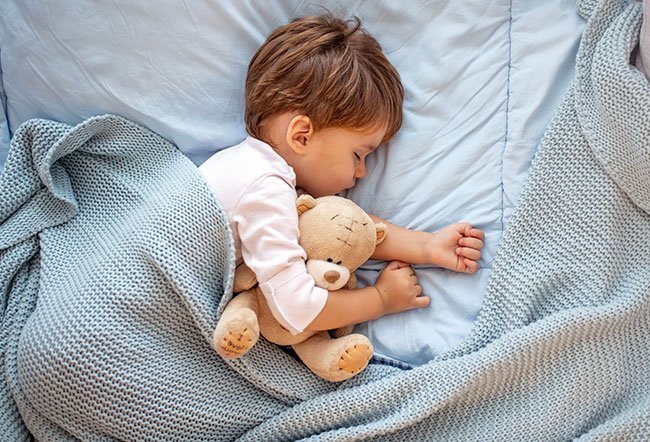Young children are most commonly affected with neuroblastoma, a sympathetic nervous system tumour. Every year, this diagnosis is given to 25 children in the Netherlands. Surgery to remove the tumour tissue is a crucial part of the treatment plan. Dutch children with solid tumours, including neuroblastoma, have being treated at the Princess Maxima Center for Pediatric Oncology in Utrecht since November 2014. Researchers from the Princess Maxima Center examined the medical files of 244 kids who underwent surgery in the five previous paediatric cancer centres in the Netherlands between 1998 and 2014 to examine the impact of consolidating surgery for kids with neuroblastoma.
These numbers were contrasted with those of the 111 kids who underwent surgery at the Princess Maxima Center between 2014 and 2021. The study, which was partially supported by KiKa, was written up in the European Journal of Surgical Oncology.
The process took an average of two hours and forty-five minutes, an hour and forty-five minutes less than previously, according to the researchers, who observed that surgeries required 40% less time following the concentration of care. The amount of blood lost during the procedure was also significantly decreased, going from an average of 450 millilitres to just 50 millilitres.
The researchers discovered that while there were some adverse effects in the first month following surgery, they were less severe. Prior to the focus on surgery, there were more common postoperative side effects that necessitated repeat surgery, some of which were potentially fatal.
Additionally, the researchers discovered little evidence for an improvement in the survival rates of children who underwent neuroblastoma surgery, but more studies are required to demonstrate this difference with greater certainty. The Princess Maxima Center for Pediatric Oncology’s paediatric oncology surgeon and group head, Prof. Dr. Marc Wijnen, oversaw the study.
He says, “With this analysis, we show concrete results of bringing together all care and research for children with cancer. Less damage was done to the healthy tissue during the operation, resulting in fewer complications for the child.”
“As a general rule, the more experience a surgeon has, the better the results. The outcome of the investigation did not surprise me. It shows that we can now offer children with cancer the best possible treatment.”
The Princess Maxima Center for paediatric oncology’s medical director and co-founder, Prof. Dr. Rob Pieters, also contributed to the study.
He says, “Our main starting point when establishing a single national research hospital for childhood cancer was that as a parent you want the very best care for your child. What we already knew from practice, we now see expressed in numbers: by treating a rare disease more often, doctors become increasingly better at that treatment. And that leads to better outcomes for our children.”
“In this study, we focus on the outcomes of surgery in children with neuroblastoma. I expect that now – almost five years after the opening of the Princess Maxima Center – the benefits of concentrated care and research will become clear for more and more forms of childhood cancer.”





